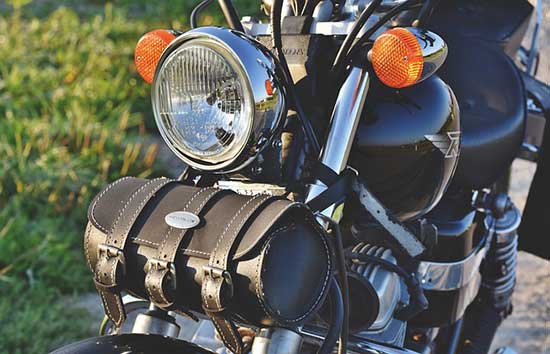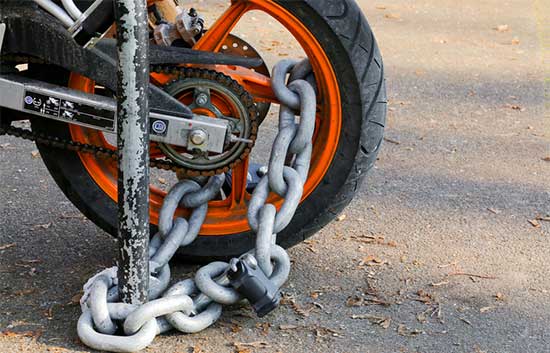You’re cruising down the highway, wind in your hair, when suddenly your ride isn’t so smooth. Could be dry rot. You’ve heard of it, but what is it, really?
It’s a tire’s worst enemy and it could be eating away at your motorcycle’s wheels right now.
In this guide, we’ll show you how to identify, combat, and prevent dry rot, keeping your tires healthy and your rides safe.
Contents
Understanding the Dangers of Dry Rot
You’re at risk of a serious accident if you’re riding on tires with dry rot. Dry rot, also known as tire decay, occurs when your tires are exposed to harsh weather conditions or left unused for extended periods. This condition weakens the rubber, causing it to become brittle and crack.
Moreover, it’s not just the surface that’s affected. Dry rot penetrates deep into the tire, compromising its structural integrity.
Consequently, your tires lose their ability to grip the road properly, increasing the likelihood of a blowout or loss of control, especially at high speeds or during sharp turns.
You can’t afford to ignore dry rot – it’s a ticking time bomb. Ensure regular tire checks to avoid this lurking danger.
Causes of Dry Rot in Motorcycle Tires
There’s more than one cause of dry rot in motorcycle tires, including extended periods of inactivity, exposure to harsh weather, and improper storage conditions.
When your motorcycle is parked for a long time without use, the rubber can harden and crack, leading to dry rot.
Similarly, exposure to harsh weather, particularly UV rays and ozone, can cause the rubber to break down. Improper storage conditions, such as high temperatures, can also hasten dry rot.
Furthermore, if your tires aren’t properly inflated, they’re more susceptible to dry rot. Over time, this can lead to potentially dangerous driving conditions.
It’s important to regularly inspect your tires for signs of dry rot and take preventive measures to keep your ride safe and enjoyable.
Identifying Signs of Dry Rot on Your Tires
Often, you’ll spot dry rot on your tires as a series of cracks or splits in the rubber, and it’s imperative to check for these signs regularly. This condition can deteriorate your tires’ performance, making them unsafe for you.
You may experience:
- Uneven tire wear
- Poor handling
- A sudden blowout, which can be:
- Distressing when you’re far from help
- Dangerous at high speeds
- Disruptive, leaving you stranded
Don’t overlook the sidewalls, as dry rot often starts here. If you see any discoloration or the rubber feels hard and brittle, these are sure signs of dry rot. It’s important to replace any tire showing these symptoms, ensuring your safety on the road.
Methods to Combat Dry Rot
In combating dry rot, you’ve got two main strategies to consider, keeping your tires clean and dry, and using a tire protectant regularly.
Regular cleaning removes debris and prevents moisture buildup which can contribute to dry rot. Use a simple soap and water mixture for this, avoiding harsh chemicals that can exacerbate the rotting process.
Additionally, keeping your motorcycle in a dry environment is crucial. Exposure to moisture accelerates dry rot, so consider investing in a good quality cover if you park your bike outdoors.
As for tire protectants, they’re not all created equal. Look for a product that offers UV protection. Sunlight is a major cause of dry rot, and a good protectant can significantly slow down this process.
Regular application is key to maintaining their effectiveness.
Essential Maintenance Tips to Prevent Dry Rot
You’re tackling dry rot prevention head-on by regularly cleaning your tires and using a quality protectant, but don’t forget to also check your tire pressure frequently, as under-inflated tires are more prone to this issue.
Here’s a list of these maintenance tips:
- Regular Cleaning
- This removes dirt and grime that accelerate dry rot.
- You’ll feel satisfaction in keeping your tires in top shape.
- Using Quality Protectant
- This shields your tires from harmful UV rays.
- You’ll feel reassured, knowing your tires have an extra layer of protection.
- Frequent Pressure Checks
- This helps maintain optimal tire health.
- You’ll feel confident, knowing you’re actively preventing dry rot.
Conclusion
In conclusion, don’t underestimate dry rot’s potential to compromise your motorcycle tires. Understand its causes, stay vigilant for warning signs, and proactively combat it.
Regular maintenance, including proper inflation and storage, is key to preventing dry rot. Remember, your safety on the road depends heavily on the health of your tires. Keep them in top shape to ensure a smooth and secure ride.






